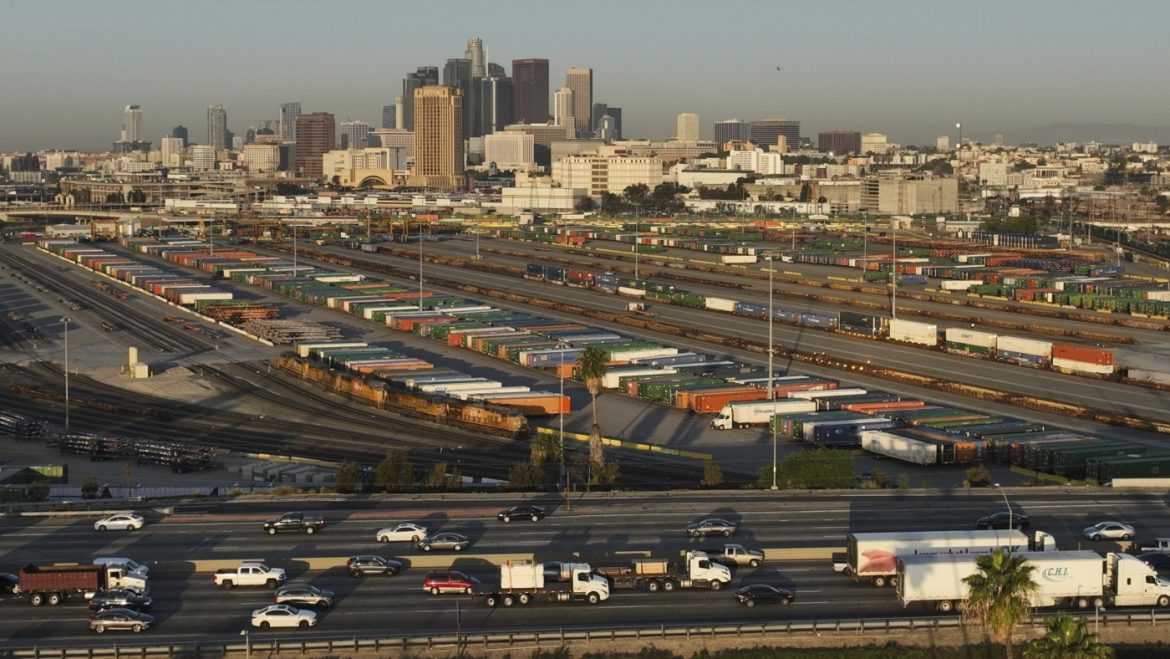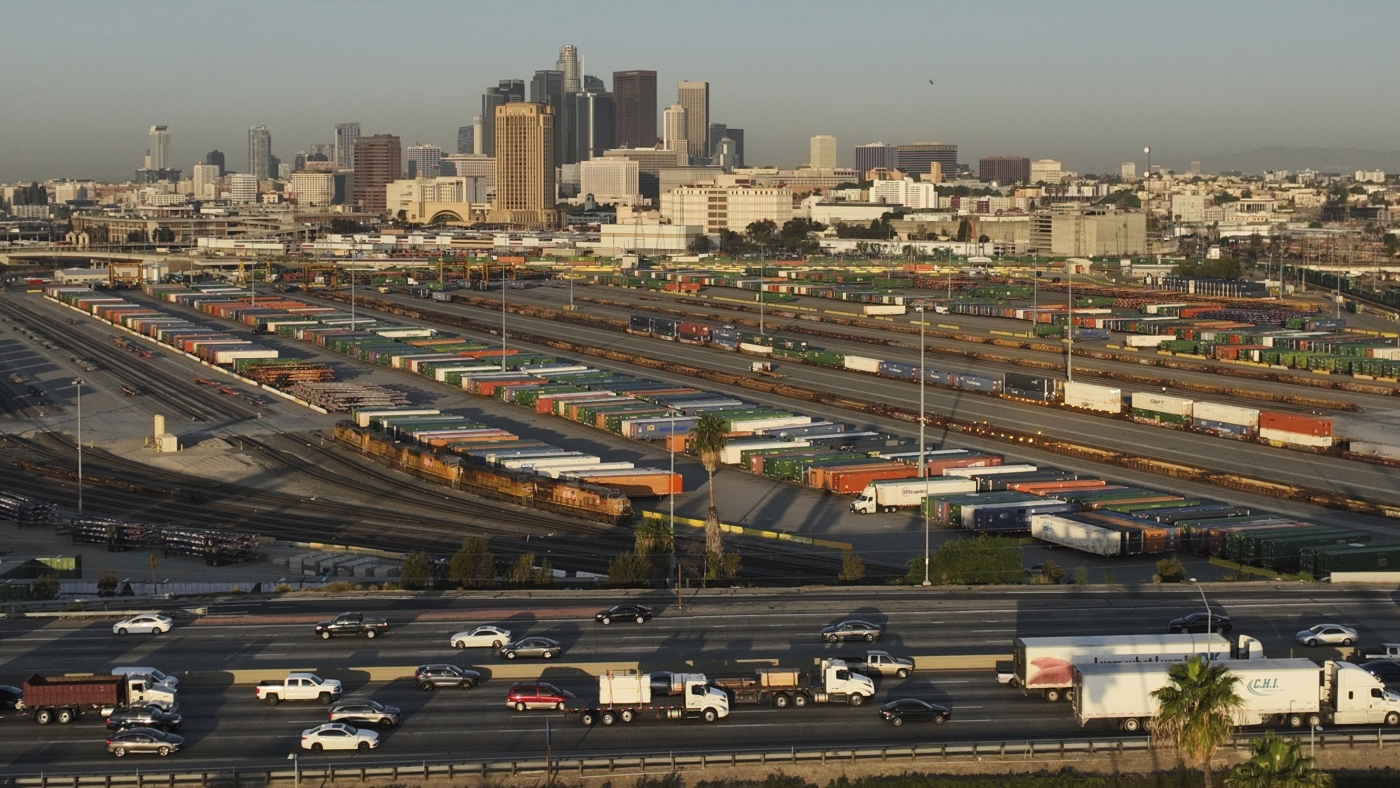The Unseen Impact of Urban Arboricide
In the sprawling urban jungle of Los Angeles, a peculiar and disturbing crime spree unfolded. Samuel Patrick Groft, a man on a bicycle, embarked on a mission to chop down trees, leaving a trail of destruction and raising questions about the value and vulnerability of urban green spaces. This incident, while seemingly isolated, sheds light on broader issues of urban ecology, public safety, and community resilience.
The Crime and Its Immediate Impact
For several days, Groft roamed the streets of Los Angeles, armed with a saw, systematically felling trees. The exact number of trees he felled remains unclear, but the damage was significant. Trees, often taken for granted, play a crucial role in urban ecosystems. They provide shade, improve air quality, and contribute to the mental well-being of city dwellers. The sudden loss of these trees disrupted the delicate balance of urban life, leaving residents to grapple with the immediate consequences.
The act of chopping down trees is more than just an environmental issue; it is a crime that affects the community’s sense of security and trust. The streets of Los Angeles, usually bustling with activity, became scenes of desolation and destruction. The trees, once symbols of growth and life, lay uprooted, a stark reminder of the fragility of urban ecosystems. The community was left to deal with the aftermath, cleaning up the debris and trying to restore a sense of normalcy.
The Environmental Consequences
The environmental impact of Groft’s actions cannot be overstated. Trees in urban areas provide numerous ecological services. They absorb carbon dioxide, releasing oxygen in return, which is vital for air quality. They also mitigate the urban heat island effect, making cities more livable during hot summers. The loss of these trees means increased pollution, higher temperatures, and a diminished quality of life for residents.
Moreover, trees are essential for biodiversity. They provide habitats for birds, insects, and other wildlife, contributing to the rich tapestry of urban biodiversity. The destruction of these habitats can lead to a decline in local wildlife populations, further disrupting the ecosystem. The loss of biodiversity can have cascading effects, affecting everything from pollination to pest control.
The Psychological and Social Impact
The psychological impact of such a crime is profound. Trees are not just physical entities; they are symbols of stability and continuity. Their loss can evoke feelings of loss and insecurity. For many residents, the trees were part of their daily landscape, providing a sense of familiarity and comfort. Their sudden absence can lead to a sense of disorientation and unease.
The social fabric of the community is also affected. Neighborhoods often revolve around green spaces, where people gather, play, and socialize. The destruction of these spaces can lead to a decline in community engagement and cohesion. Residents may feel less connected to their neighborhood, leading to a decrease in social interactions and a sense of community.
The Role of Law Enforcement and Community Response
The response to Groft’s actions highlights the importance of law enforcement and community involvement in protecting urban green spaces. The Los Angeles Police Department played a crucial role in apprehending Groft, demonstrating the need for vigilant law enforcement to protect public spaces. However, the community also has a role to play. Neighborhood watch programs, community gardening initiatives, and public awareness campaigns can all contribute to the protection and preservation of urban green spaces.
The community’s response to the crime was one of shock and disbelief. However, it also sparked a sense of unity and determination to restore what was lost. Residents came together to plant new trees, clean up the debris, and advocate for stronger protections for urban green spaces. This collective effort underscores the importance of community resilience and the power of collective action.
The Legal and Policy Implications
The legal implications of Groft’s actions are significant. While the act of chopping down trees is clearly a crime, the legal framework for protecting urban green spaces may need to be strengthened. Policies that prioritize the preservation of green spaces and impose stricter penalties for their destruction can serve as a deterrent. Additionally, urban planning should incorporate more robust measures to protect and enhance green spaces, ensuring their sustainability and resilience.
Conclusion: A Call to Action
The crime committed by Samuel Patrick Groft serves as a wake-up call for urban communities. It highlights the vulnerability of urban green spaces and the need for collective action to protect them. Trees are not just decorative elements; they are essential components of urban ecosystems, contributing to the health, well-being, and sustainability of cities.
As we move forward, it is crucial to prioritize the preservation and enhancement of urban green spaces. This involves not just planting more trees but also creating policies and community initiatives that protect and nurture these spaces. By doing so, we can ensure that our cities remain vibrant, resilient, and sustainable for future generations. The crime in Los Angeles is a stark reminder of what can be lost, but it also offers an opportunity to build a more sustainable and resilient urban future.


